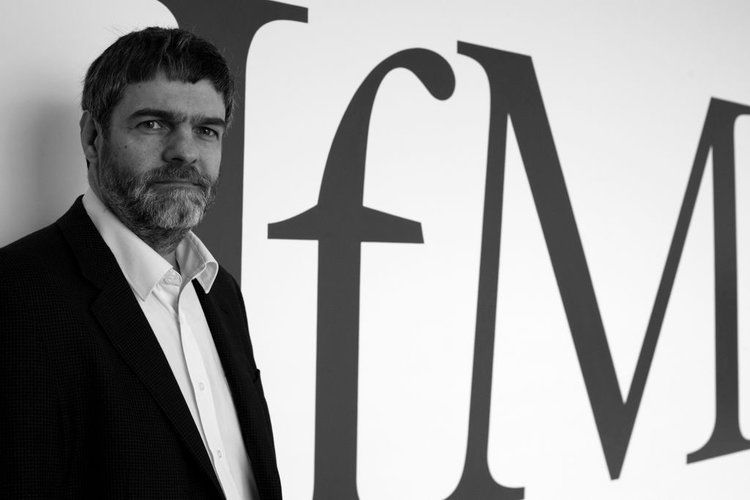Powerful post-its
How Cambridge adapted roadmapping to help organisations make smarter strategic decisions
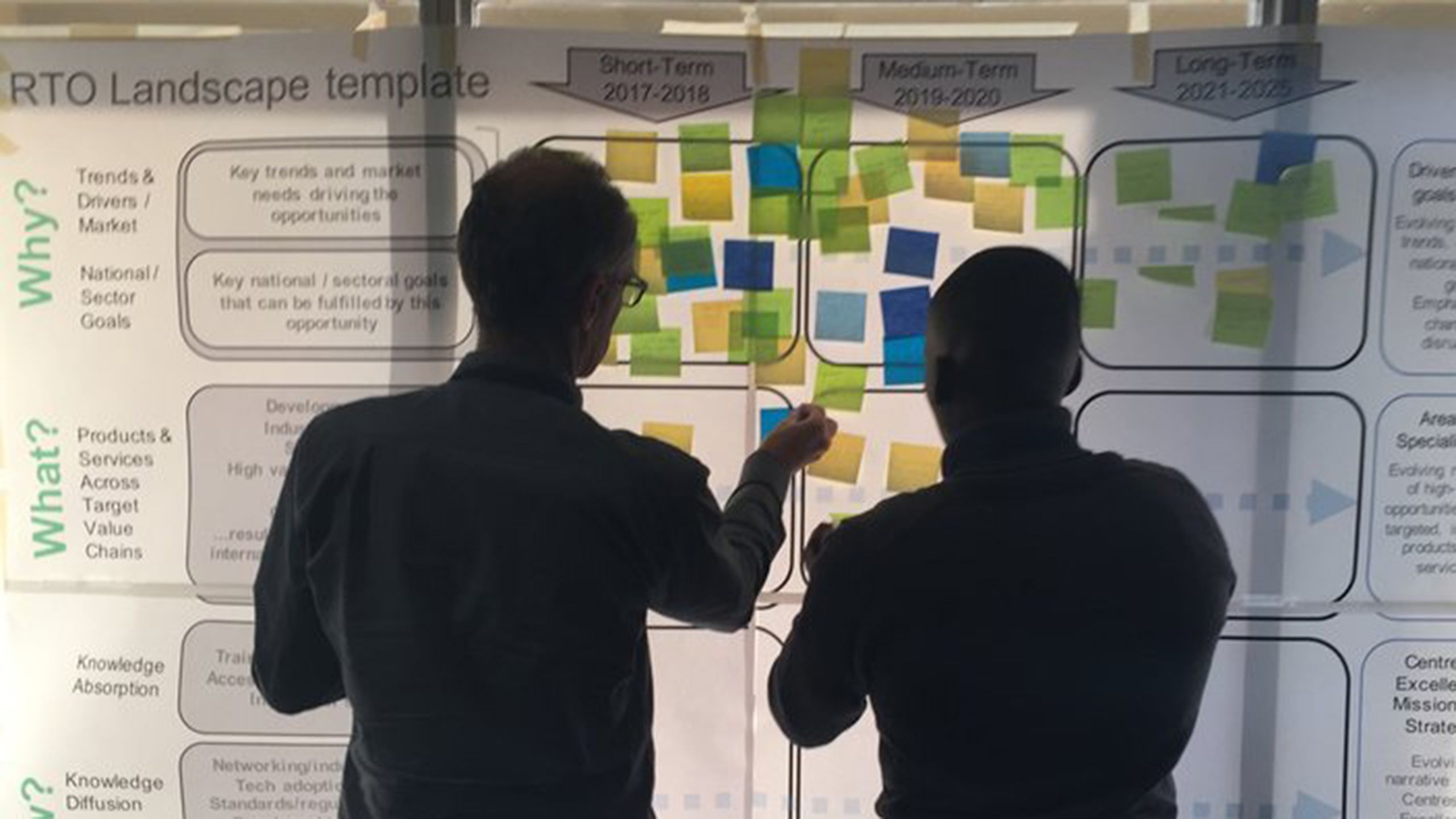
Impact at a glance
- Researchers at Cambridge’s Institute for Manufacturing (IfM) developed roadmapping processes and toolkits to help organisations make better strategic decisions.
- The team has supported businesses and other organisations through more than 500 roadmapping and related projects since 2001.
- Training courses have been delivered to more than 2,000 participants in over 20 countries to enable organisations to develop in-house roadmapping capabilities.
- Over £15 million in project revenue has been generated.
“For us as an SME the return on our investment was high. Not only did it help crystallise our vision for the business, it gave us confidence in our decision-making.”
“Give a man a fish, and you feed him for a day. Teach a man to fish, and you feed him for a lifetime.” Take this well-worn phrase, introduce whiteboards, post-it notes and a determined team from Cambridge’s Institute for Manufacturing (IfM) and you have a roadmap to success.
Cambridge has made its fair share of inventions but can’t lay claim to ‘roadmapping’, a structured visual method for supporting strategy and innovation. The idea is thought to have emerged about 60 years ago in technology-intensive sectors in the USA before gradually spreading around the world and between sectors. But what Cambridge’s IfM has done is to adapt and enhance roadmapping to benefit a rapidly-expanding range of businesses and other organisations.
At the forefront of this work has been Dr Robert Phaal, Director of Research in Strategic Technology and Innovation Management (STIM) in the Department of Engineering. Phaal joined in 1997, arriving from a mechanical engineering background, with a PhD in computational mechanics and industrial experience in technical consulting, contract research and software development.
Phaal hadn’t come across roadmapping before but with a small group of Cambridge colleagues, he started to observe how some companies were using it. At the time, very few researchers were thinking about the topic. Today, well over a thousand academic papers have been published.
Dr Robert Phaal
Dr Robert Phaal
Phaal recalls: “When we started around 1998, roadmapping was mostly used in large corporations in very technology-intensive sectors. It wasn’t widely known about but there was a perception that it was a heavyweight tool for heavyweight companies. But we could see that lots of companies didn’t know how to develop roadmaps, partly because big firms weren’t describing how they used them.”
Roadmapping can support decision-making in a wide range of scenarios including new product development processes, strategic annual processes or review points where an organisation has to take decisions about resource allocation.
Phaal and his colleagues started conducting experiments with diverse companies to build an understanding of the concepts that could underpin a generic, agile roadmapping tool. They found that the plethora of tools and processes that were already available to support management decisions often failed to interact consistently, robustly or transparently, and set about trying to overcome this.
Starting out
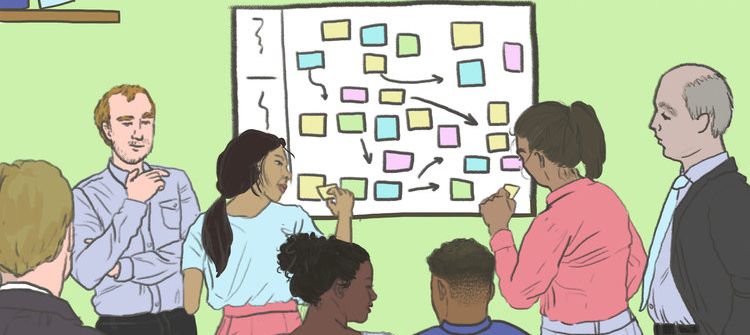
The group’s early research focussed on roadmapping approaches for businesses in technology-intensive fields where the rate of change is high and markets can be disruptive.
They identified general characteristics of technology roadmaps and started experimenting with a ‘fast-start’ roadmapping process involving structured workshops and visual tools for articulating and communicating a roadmap.
Roadmapping’s strength does not lie in analysis but in communication and integration. Four fundamental questions provide the foundations for the entire system: When do we need to act? Why do we need to act? What are we going to do? How are we going to do it?
IfM film: 'What is roadmapping and how can it benefit your organisation?'
Phaal says: “In the early days, we didn’t know if we could do it. It was experimental, focusing on knowledge exchange, at no financial cost to collaborating companies. We had a research grant which allowed us to make lots of mistakes until things stabilised.
“We looked at entire companies and whole sectors. It took a long time to get our tool to the point where we could be confident that it would work consistently in virtually any organisational context.”
Working with a diverse group of industry partners, including LEGO Group, the team honed the development and application of their offer in specific settings. This included the toolkits themselves which came to be designed around seven key principles: human-centric, workshop-based, neutrally facilitated, lightly processed, modular, scalable and visual.
Lots of work centred on the role of graphic design in communicating roadmaps effectively, and in particular how design supports alignment of the roadmap presentation with the target audience. The group came up with a methodology for developing visual designs driven by a set questions for the designer and the approach was demonstrated using roadmaps for the EU-funded Graphene Flagship, with designs considered for two groups: programme funders and industrial stakeholders.
Rob Phaal roadmapping in Tokyo in 2012. Photo: Yasuo Ikawa
Rob Phaal roadmapping in Tokyo in 2012. Photo: Yasuo Ikawa
At the same time, the team ironed out wrinkles linked to the roadmapping process and considered various social challenges to ensure that different groups within organisations felt willing and able to collaborate effectively.
Phaal explains: “Fast-start workshops involve getting all key stakeholders in an organisation together. You can do as much desk research as you like but if you want change, you need to get traction in an organisation – that means getting people's fingerprints on it.”
Some deployments are very light touch, largely relying on whiteboards and post-it notes. Other companies choose to use software but that carries additional risk because, Phaal says: “The real value lies in the mutual social understanding of commitments. Complicated software can get in the way of that.”
“Post-it notes and paper are amazing. I’ve rarely seen any conflict in these workshops despite the fact that these are conflict-ridden situations.”
Phaal has found that participants sometimes arrive suspicious, thinking that they have tried strategy workshops before with limited success, or that there is conflict between functions in the business.
“But,” he says, “When you offer a tool that cuts through conflict and helps people start to see the other side, that’s a game changer. Our system works because it has structure and the process is so inclusive – everyone can contribute a view.”
Rolling out

Phaal and his colleagues have accelerated the translation of their research into practice thanks to IfM’s knowledge transfer unit, IfM Engage, through training courses and consultancy.
Through a combination of self-facilitating templates and training, the team helps organisations to develop in-house roadmapping capabilities.
Cambridge’s Institute for Manufacturing (IfM)
Cambridge’s Institute for Manufacturing (IfM)
A Strategic Technology and Innovation Management Consortium was formed at IfM in 2013 to connect research to practice. By 2020, the consortium had 20 members, including De Beers, GlaxoSmithKline, Huawei, Johnson Matthey, Michelin and Subsea 7.
Phaal is quick to highlight the role played by Professor Sir Mike Gregory, IfM’s founder. “Mike was very progressive,” he says, “not least for allowing us to set up a knowledge transfer company, IfM Engage.
“If you’re always chasing the next grant and looking to replace postdocs who have moved on, things tend to die before they get interesting. Once we’d trained up the consultants, we could start passing work on to them to make the work sustainable long-term. Fortunately, that started generating a decent revenue stream.
“Academics still visit us from all over and ask “How do you do that?” It’s a very unusual and effective relationship.”
Success
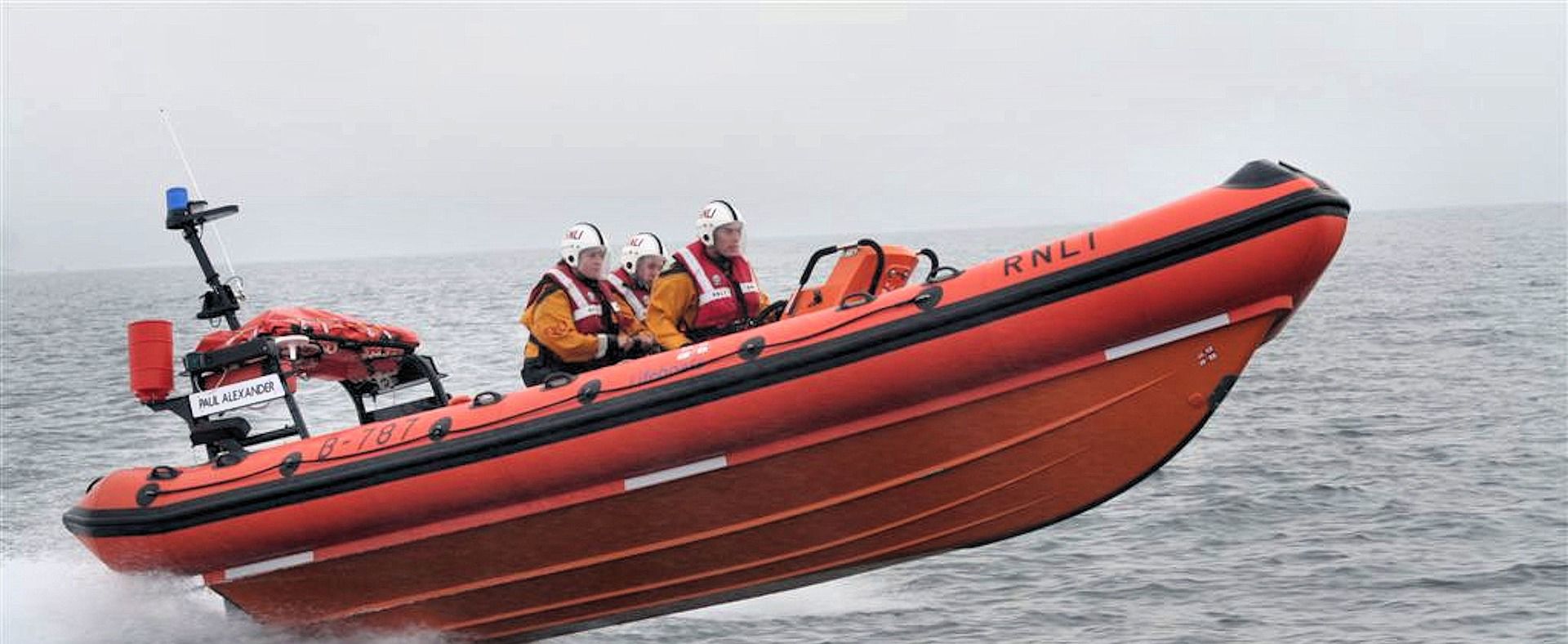
IfM’s roadmapping collaborations have facilitated improved business performance and practices, and the adoption of new technologies in an array of primarily UK-based businesses and non-profit organisations.
These include The Rail Safety and Standards Board (RSSB) which estimated, in 2013, that sickness and absenteeism was costing the industry £316 million per year. IfM worked with RSSB to create a roadmap for the industry’s strategy and vision in this area, and this has been guiding initiatives to improve health and wellbeing since 2104. A Health and Wellbeing Programme Manager at RSSB said:
“Roadmapping enabled us to bring together views from over 60 organisations to create a plan… We have progressed significantly in the last four years... UK rail organisations are increasing the numbers of health experts and budgets for health initiatives within rail companies… The roadmap has had the biggest single impact on what we are doing in health and wellbeing and is fundamental to the progress we have made and our plans moving forward.”
The EU Graphene Flagship collaborated in IfM’s roadmapping research while developing its successful 10-year, €1 billion ‘Future and Emerging Technology Flagship’ programme bid.
The industry-academic collaboration to develop and apply graphene in industry launched in October 2013, by March 2016 the Flagship’s workforce was 1,675 strong, and by 2019 it had 78 industrial partners. The Flagship now has in-house roadmapping capacity in place to support its ongoing strategic planning. The Director of the Graphene Flagship said:
“The roadmap that we prepared together with the Cambridge team in connection with the flagship proposal has proven much more accurate and robust than anyone could expect. It summarizes our plans in a condensed, visually appealing way, and is still used when presenting the Graphene Flagship to diverse audiences. We have since formed our roadmapping activities to a tool that is continuously updated and provides key input when we plan the next stages of our work.”
Roadmapping in action in Cambridge
Roadmapping in action in Cambridge
The Royal National Lifeboat Institution (RNLI) has used roadmapping since 2016 to support their goal of halving the number of accidental coastal deaths by 2024 through technological advances. Outcomes of RNLI’s roadmapping have included the establishment in April 2019 of a 12-month trial of unmanned aerial vehicles for searches in hazardous locations; withdrawal of RNLI investment in bespoke systems where commercial investment was increasing; and the trialling of new systems for securing donations.
“Our use of current and emerging technologies will be more effective if we have a comprehensive view of what’s going on across the sector, helping us to collaborate with the right organisations on the right projects. Roadmapping is playing a significant part in how we are doing this.”
John Hogg Ltd, a manufacturer of chemical marking systems for protection against counterfeit and tampering, worked with IfM in 2017 to create a new business strategy and embed roadmapping within the organisation. Impacts included the reallocation of £1.4 million in R&D investment to focus on other key growth areas; as well as investing in new equipment and new staff to improve operation efficiency by 20%.
“For us as an SME the return on our investment was high. Not only did it help crystallise our vision for the business, it gave us confidence in our decision-making.”
Phaal is particularly proud of his work with GKN, a multinational automotive and aerospace components business based in Redditch, Worcestershire. After undertaking a few projects with individual business units, Phaal was asked if they could roadmap across the entire company. This resulted in a highly orchestrated roadmapping workshop, spread over a day and a half, and involving 65 staff plus eight facilitators.
Each division began by identifying opportunities that they could pursue, and more importantly opportunities that could only be pursued by collaboration across divisions. In a second phase, smaller mixed groups were tasked to explore these opportunities further. Three subsequently developed into successful businesses in their own right.
The future

The team has started to detect growing interest in roadmapping from new sectors, including healthcare, the legal profession, technology ventures and even Higher Education.
Phaal says: “It’s exciting when you see methods working in one domain cross over into another. You just need somebody with the imagination to recognise that they have a similar problem and then a clever consultant-facilitator to work roadmapping into that space. Then you can see a real step change.”
He adds: “Healthcare is wide open to benefit from roadmapping, but also Higher Education where there can be a lot of decision-making resistance in the culture. We have started to get traction.”
Phaal remains frustrated by the seeming lack of interest in roadmapping shown by most business schools. He says: “A lot of consultants don’t know about roadmapping because of the way their MBAs are orientated. There’s a big gap.”
Phaal is also impatient for governments to stop working in silos and embrace joined-up thinking to tackle systemic problems and, of course, to recognise that roadmapping is the perfect tool to support this kind of enlightened decision-making.
“Now we’re up against the wall with global warming and other problems, we have to start getting smarter. Roadmapping allows the intelligence of people in different positions to be tapped into much more effectively.”
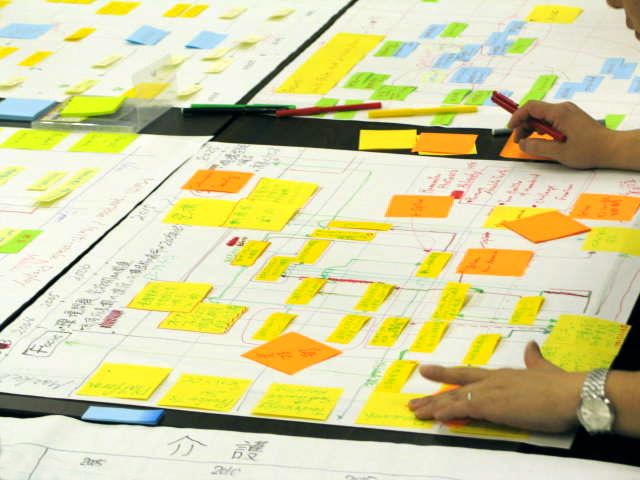
Published 12th January 2022
Infographics by Alison Fair
For more information and support with roadmapping visit:
Dr Phaal’s website cambridgeroadmapping.net
IfM Engage for roadmapping insights, courses and consultancy
The text in this work is licensed under a Creative Commons Attribution 4.0 International License
... visit our interactive map to find out how.


